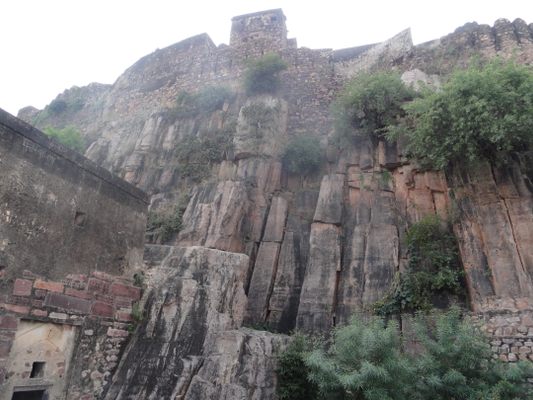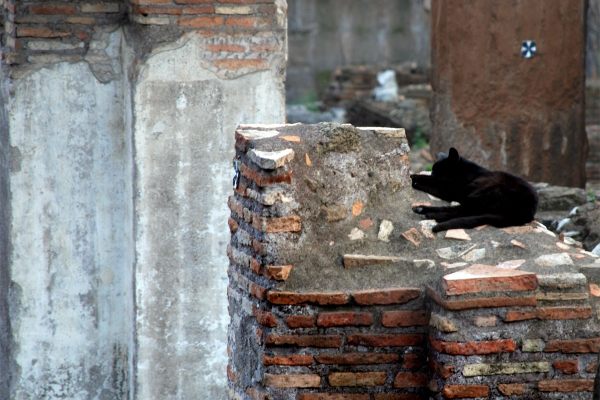About
Ranthambore National Park is one of the most popular tiger reserves in India, but it’s not just wildlife enthusiasts who enter the busy park on a daily basis. A living temple on the grounds attracts religious pilgrims; nature lovers enjoy the beauty of the landscape; and history buffs are drawn to the ruins of a 10th century fort, a colossal citadel founded in 944 by the Chauhan Rajputs.
The land occupied by the national park was once used by the Rajput rulers of Jaipur as private hunting grounds. Today, the crumbling Ranthambore Fort in the center of the park is an attraction of its own, set dramatically on a sheer cliff on Thambhore Hill, and surrounded by a verdant forest dotted with decaying pavilions, palaces, lakes, and ponds.
The majestic fort is situated atop a 700-foot-high hill, bounded by an enormous stone wall inset with bastions and turrets. It extends over 4 miles and encloses an area of nearly 2.5 miles. Inside, the complex is filled with many ruins and architectural marvels. Palaces, cenotaphs, tanks, pavilions, and temples are scattered among a network of lanes and courtyards. It is considered a fine example of a forest hill fort, and the remains of the Hammir palace are among the oldest Indian surviving palaces.
Though the Ranthambore Fort was believed an impregnable defense in its time, the citadel was attacked twice. It was stormed by Sultan Alauddin Khilji’s army in 1299, because the Chauhan King, Hammir Deo, gave shelter to one of the sultan's enemies. Even though Khilji sent 80,000 cavalry and a large infantry to attack the fort, they were repulsed, and their commander was killed.
In 1568, Mughal Emperor Akbar lead a massive attack on the fort, with about 70,000 troops. As Rajputs were often sworn enemies of the Mughals, the emperor had captured several other Rajput forts in Rajasthan. After a siege of more than a month, Hindu leader Rai Surjan Hada of Ranthambore Fort surrendered to the Emperor Akbar.
Today, the site is open to park visitors on wildlife safaris or those who come to see the fort alone. It’s possible to drive a private car to the fort parking lot and walk about 200 steps up to the top of the hill. From there, the expansive views of the park are magnificent, and you can see soaring vultures, eagles, and other birds at virtually eye level.
Related Tags
Know Before You Go
The fort can be visited during a wildlife safari to Ranthambore National Park, between October to June. The park is open to visitors between 6:30 a.m. to 10:30 a.m. and between 2 p.m. and 6:30 p.m. Admission to the fort (though not the national park) is free.
Delhi and Rajasthan: Colors of India
Discover Colorful Rajasthan: From Delhi to Jaipur and Beyond.
Book NowPublished
August 2, 2018































